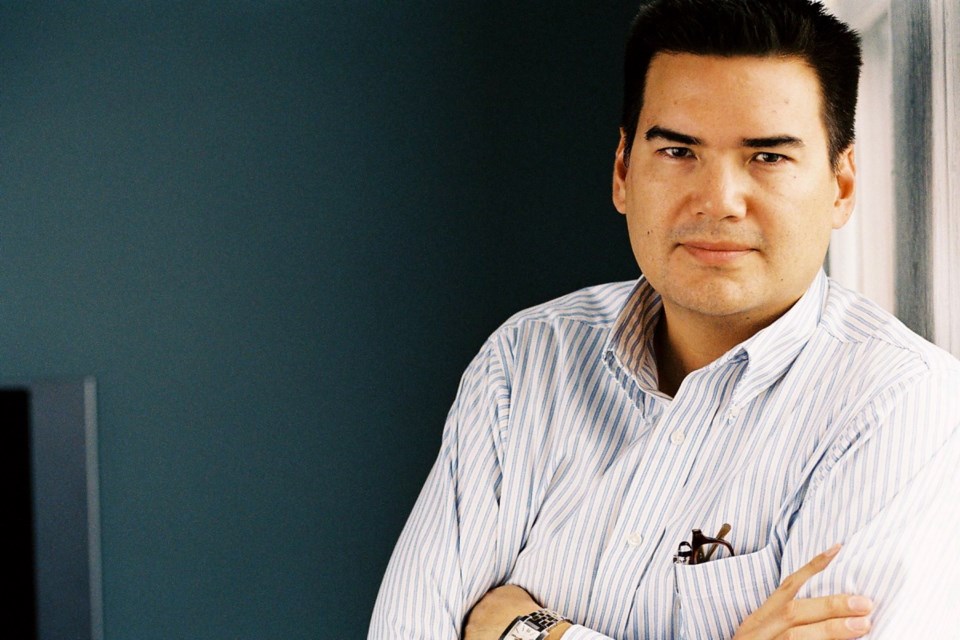In November, in a welcome announcement and demonstration of non-partisan leadership, Jody Wilson-Raybould, minister of justice and attorney general of Canada, announced the government’s support for private member’s Bill C-262, which had been championed by NDP member of Parliament Romeo Saganash.
Bill C-262 is a short, straightforward piece of legislation that confirms the application of United Nations Declaration on the Rights of Indigenous Peoples — something the government committed to in 2015 — and establishes a mechanism for aligning federal legislation with the standards in UNDRIP. Importantly, Wilson-Raybould was also clear that Bill C-262 was only a starting point and that other legislative change will be needed to affirm the recognition of Indigenous rights.
Bill C-262 directly responds to two of the calls to action of the Truth and Reconciliation Commission:
“43. We call upon federal, provincial, territorial, and municipal governments to fully adopt and implement the United Nations Declaration on the Rights of Indigenous Peoples as the framework for reconciliation.
“44. We call upon the government of Canada to develop a national action plan, strategies and other concrete measures to achieve the goals of the United Nations Declaration on the Rights of Indigenous Peoples.”
The announcement by Wilson-Raybould was appropriately met with praise and optimism by Indigenous peoples, human-rights experts, and civil-society leaders and organizations. Indeed, to those of us personally and intimately engaged in the struggle for justice for Indigenous peoples, one can sense that while the work remains fierce and intense, there is momentum building toward potential breakthroughs.
In recent weeks, however, a few voices opposed to Bill C-262 have begun to trickle out. To those well-versed in the struggle for justice for Indigenous peoples, these opposition themes are well-known. The goal — quite clearly — is to instil fear in Canadians.
For example, one argument that is raised is that Bill C-262, and implementing UNDRIP, will upend or distort the jurisprudence that the Supreme Court of Canada has developed over the past three decades in interpreting Section 35 of the Constitution.
This is laughable. Some of the experts raising this point are people who dedicated much of their professional lives to fighting against the development of the application of the Supreme Court’s framework — whether as lawyers for government or industry in the courts or as senior government officials. To see them now treating the Supreme Court’s jurisprudence as containing a sacredness that must remain untouched has an element of hypocrisy.
More importantly, however, fears about how UNDRIP might relate to Section 35 court decisions ignores the history of why and how the courts got so involved in Indigenous-rights matters in the first place.
Section 35 of the Constitution recognizes and affirms Indigenous rights. However, instead of acting on this recognition after the patriation of our Constitution in 1982, governments maintained the fiction that Indigenous rights do not exist, they need not be recognized and the colonial treatment of Indigenous peoples could carry on as it always had.
That denial resulted in the courts having to be used by generations of Indigenous peoples to painstakingly and incrementally build meaning into Section 35. The cost of this for Indigenous peoples and all Canadians has been disastrous.
While Indigenous peoples have won massive court victories, this pernicious denial has delayed justice, prolonged impoverishment and marginalization, created massive uncertainty for lands and resources, weakened the investment climate, and entrenched even greater conflict and mistrust.
Let’s not mince words. This denial has meant that Indigenous children would remain treated as inferior to other children: with less opportunity; less access to education or basic social services; more often taken away from their families and communities; and more exposed to racism and prejudice.
Ever since Section 35 was enacted, governments should have been taking legislative and policy steps with Indigenous peoples to implement the recognition of those rights. This has never happened.
Indeed, only one government has ever made a direct attempt to do this — the B.C. government in 2008-2009 — which proposed along with First Nations leaders a Recognition and Reconciliation Act. That act failed, at least partially because of fear created by experts. Unsurprisingly, some of the voices raising red flags about legislation now are the same ones that spoke out then.
The world has changed a lot in a decade. Canadians are far more aware of our history of colonialism, and the required work of reconciliation. I am hopeful that in 2018, Canadians will not succumb to voices that are intent on looking backward and maintaining what has been. The reality of what has been for Indigenous peoples is nothing to be preserved.
UNDRIP is important because it is a comprehensive framework of recognition and reconciliation — a paradigm we have no domestic tradition of in Canada. Our future must be built on putting in place new foundations — including in legislation and policy. Bill C-262 starts that process and builds that new path, and we all should support it.
Douglas White is a councillor and chief negotiator for the Snuneymuxw First Nation.



